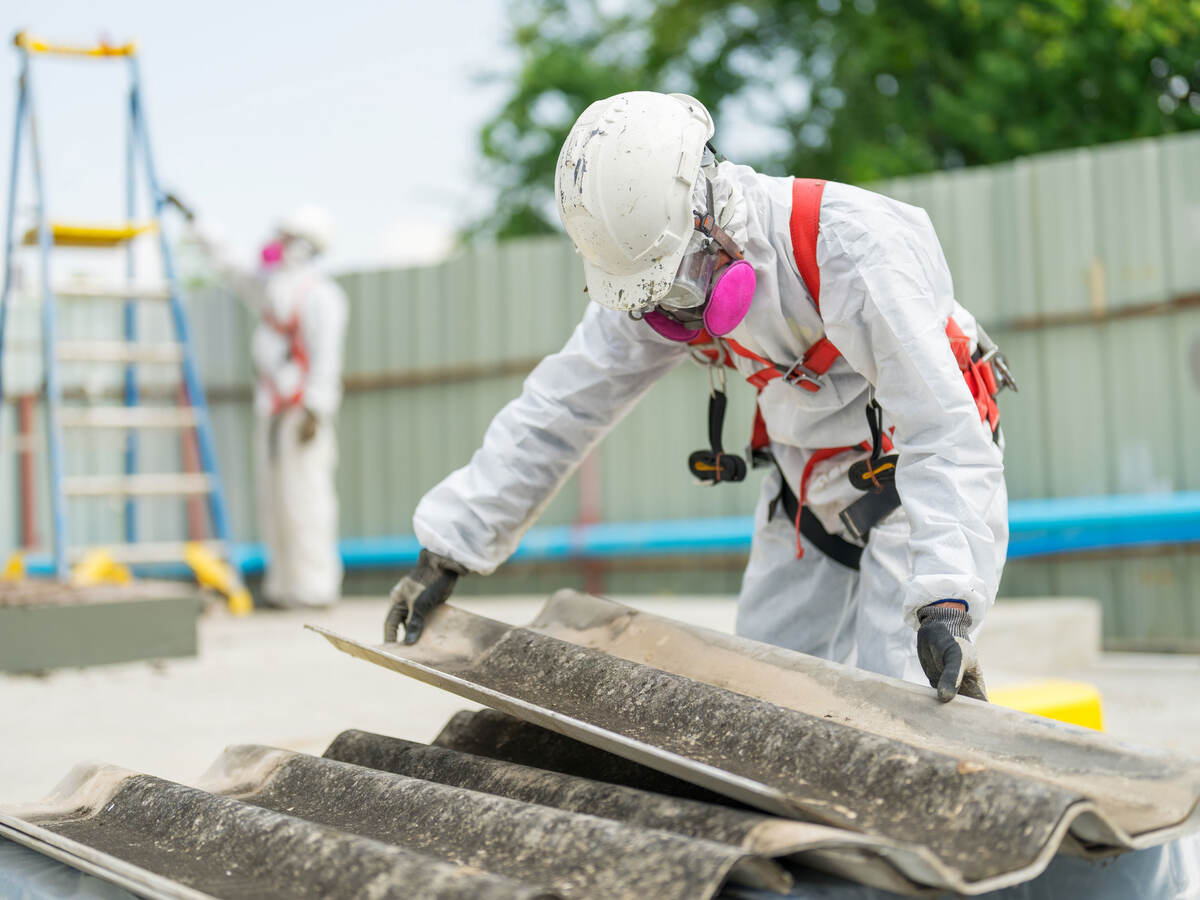Before understanding the dangers of asbestos, people used it for its malleable properties, including its resistance to heat, fire, water and certain chemicals. Eventually, experts discovered the connection between asbestos exposure and certain diseases. Experts from the National Cancer Institute recognize asbestos as a known human carcinogen, which can cause mesothelioma, cancer of the lungs, asbestosis and other nonmalignant lung and pleural disorders, including pleural plaques.
For years a great misconception existed that the United States (U.S.) banned all products containing asbestos. Unfortunately, this is not true.
Between 1973 and 1975, the U.S. Environmental Protection Agency (EPA) and Consumer Product Safety Commission (CPSC) banned a variety of asbestos-containing products used in the U.S. This product ban included spray-applied surfacing material in fireproofing/insulating purposes, installation of asbestos pipe insulation and asbestos block insulation on facility components, such as boilers and hot water tanks. In addition, they also banned the use of asbestos in artificial fireplace embers and wall patching compounds.
On July 12, 1989, the EPA issued a final rule to ban the majority of asbestos products in the United States. In 1990, the EPA prohibited the spray-on application of materials containing more than 1% asbestos to buildings, structures, pipes and conduits, except under certain conditions. However, in 1991, the 1989 rule was overturned, and some asbestos is still, to this day, imported from other countries.
Although imports continue, asbestos has not been mined in the United States since 2002. However, according to the U.S. International Trade Commission, nearly 114 metric tons of asbestos were imported in the first three months of 2022 despite bans on some asbestos-containing products.
The list of products not banned from manufacture, importation, processing and distribution includes:
- Cement corrugated sheets
- Cement flat sheets
- Clothing
- Pipeline wrap
- Roofing felt
- Vinyl floor tiles
- Cement shingles
- Millboard
- Cement pipes
- Automatic transmission components
- Clutch facings
- Friction materials
- Disk brake pads
- Drum brake linings
- Brake blocks
- Gaskets
- Non-roofing coatings
On April 5, 2022, the EPA proposed a rule to finally ban asbestos in the U.S. The proposed rule would “prohibit manufacture (including import), processing, distribution in commerce, and commercial use of chrysotile asbestos for six categories of chrysotile asbestos-containing products: asbestos diaphragms, sheet gaskets, oilfield brake blocks, aftermarket automotive brakes and linings, other vehicle friction products, and other gaskets.”
UL Solutions can help customers address safety concerns for employee exposure to asbestos and can assist building owners and operators in identifying any asbestos products in commercial and manufacturing settings for removal before any renovation or demolition. Contact us for an on-site assessment.
Get connected with our sales team
Thanks for your interest in our products and services. Let's collect some information so we can connect you with the right person.




